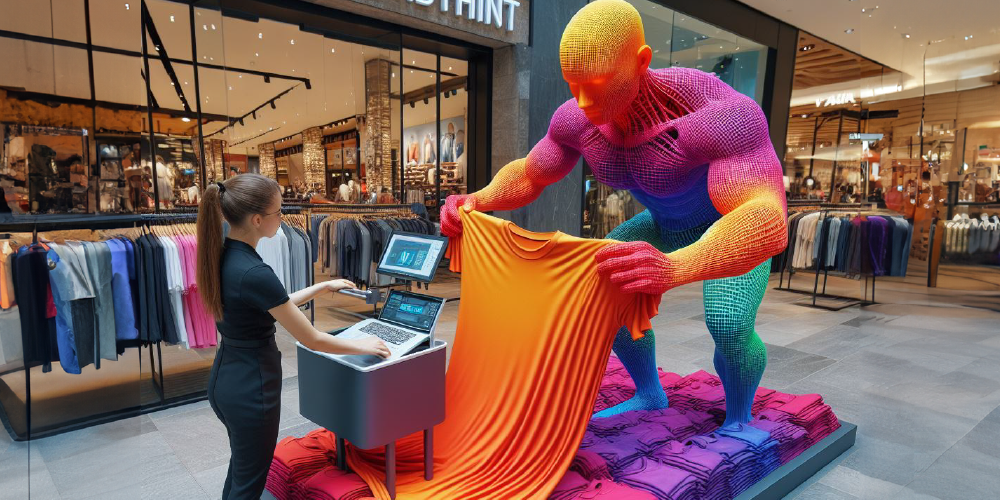Personalization is an essential eCommerce technique for connecting with consumers. No matter what industry you work in, understanding buyer behaviour is crucial to creating personal messages and specific product offerings.
But, with the rapid evolution of technology, consumers have found new ways to shop. As a result, you can unlock new opportunities for analyzing how they interact with your products. With this insight comes the potential to tap into the power of hyper-personalization. This is where you can use data to create tailored shopping experiences that resonate with each and every one of your customers!
With the average customer attention span being 8 seconds, you need to provide relevant information as soon as a buyer views your product. Great eCommerce personalization addresses pain points immediately and ensures consumers save time on product research, which will, in turn, build customer loyalty.
When brands tap into hyper-personalization they are able to:
Putting hyper-personalization into action
Duis autem vel eum iriure dolor in hendrerit in vulputate
The first step to delivering hyper-personalized experiences is gaining insight into the habits of your consumers with accurate data. In other words, look beyond the basics like name and age. Because you need to develop a complete picture of the consumer you’re building a relationship with, you should analyze:
- Type of buying channel e.g. a mobile app
- Product search history e.g. browsing multiple shoes from the same brand
- Time of day – e.g. a consumer browsing products at 10 AM
- Items that appear in a shopping cart e.g. an electric shaver and charger
Personalizing your product data
- Selling higher value items Selling higher-value items will naturally increase average order values. But how can you sell these higher-priced items successfully? Tap into the creativity of your marketing team and focus on enriching the information you’re providing on top range items. Detailed product data is especially important when promoting pricier products. You need to arm consumers with all the information they need to make an informed buying decision. Put the spotlight on your most valuable products and make them shine with rich product information and digital assets.
- Product recommendations Helping your customers find alternative or additional products to add to their orders is a proven strategy for increasing AOV. According to Salesforce, product recommendations can drive up to 24% more orders and increase revenue by 26%.
- Cross-selling Promoting complementary products that go with the item that’s being purchased is another great way of increasing AOV. This might involve recommending tennis balls for someone who is buying a tennis racket. Alternatively, it could be providing necessary extras e.g. the perfect fitting light bulb for a new lamp. Provide optional, low-value extras to boost the average order value even further. Make it easy for your customers to find these nice little extras so they don’t have to go somewhere else. In doing this, you’ll likely see an increase in your sales – win, win!
- Up-selling You can also increase revenue by putting the spotlight on upgraded versions of your products or services. Rich product data, product comparisons, and up-selling at the checkout are all effective techniques. Up-selling makes consumers aware of your higher-value products. It encourages customers to buy more, which will have a positive impact on your AOV. For instance, offer a discount on a pricier product after an order has been completed, or offer free shipping.
- Bundles and kits Bundles/kits enable you to sell two or more related products. This makes it easier for the customer to get everything they need from you instead of going to your competitors. Up your game even more and offer a discount in addition to a super convenient all-in-one solution. Offer kits that create this all-in-one solution to your customer’s needs. For example, fashion retailers could offer a shirt, jacket, trousers, tie, and shoes as a wedding package for men. Essentially, this means they’ll be buying more items from you, which will increase your average order values.





